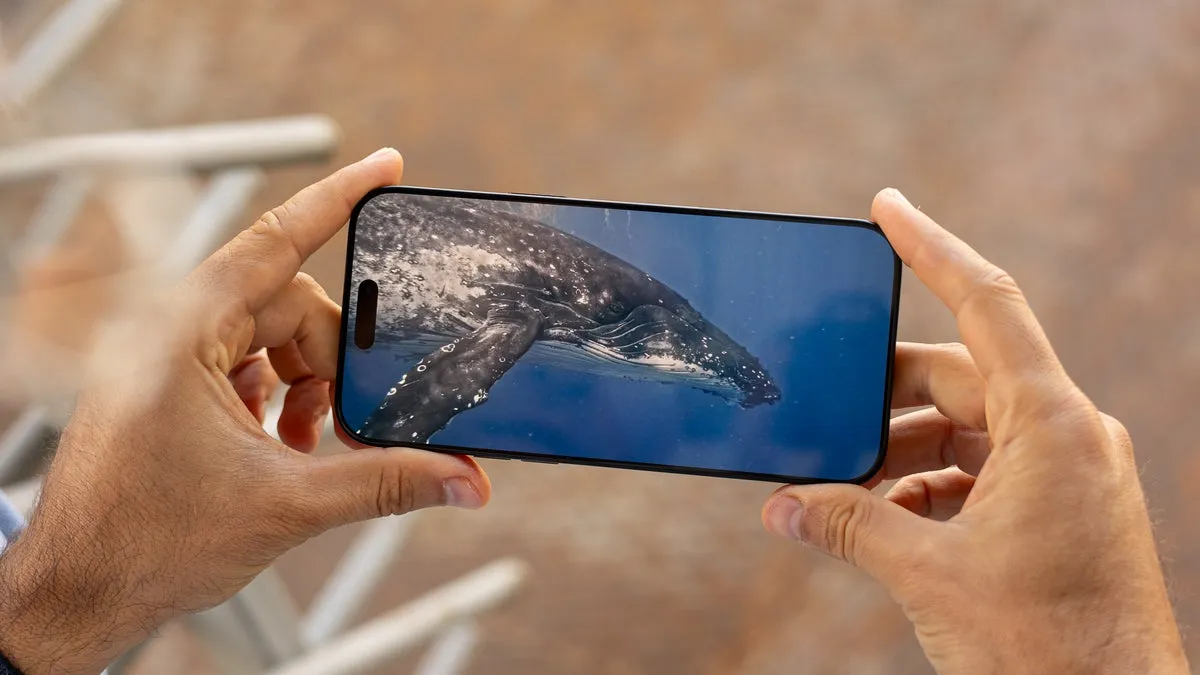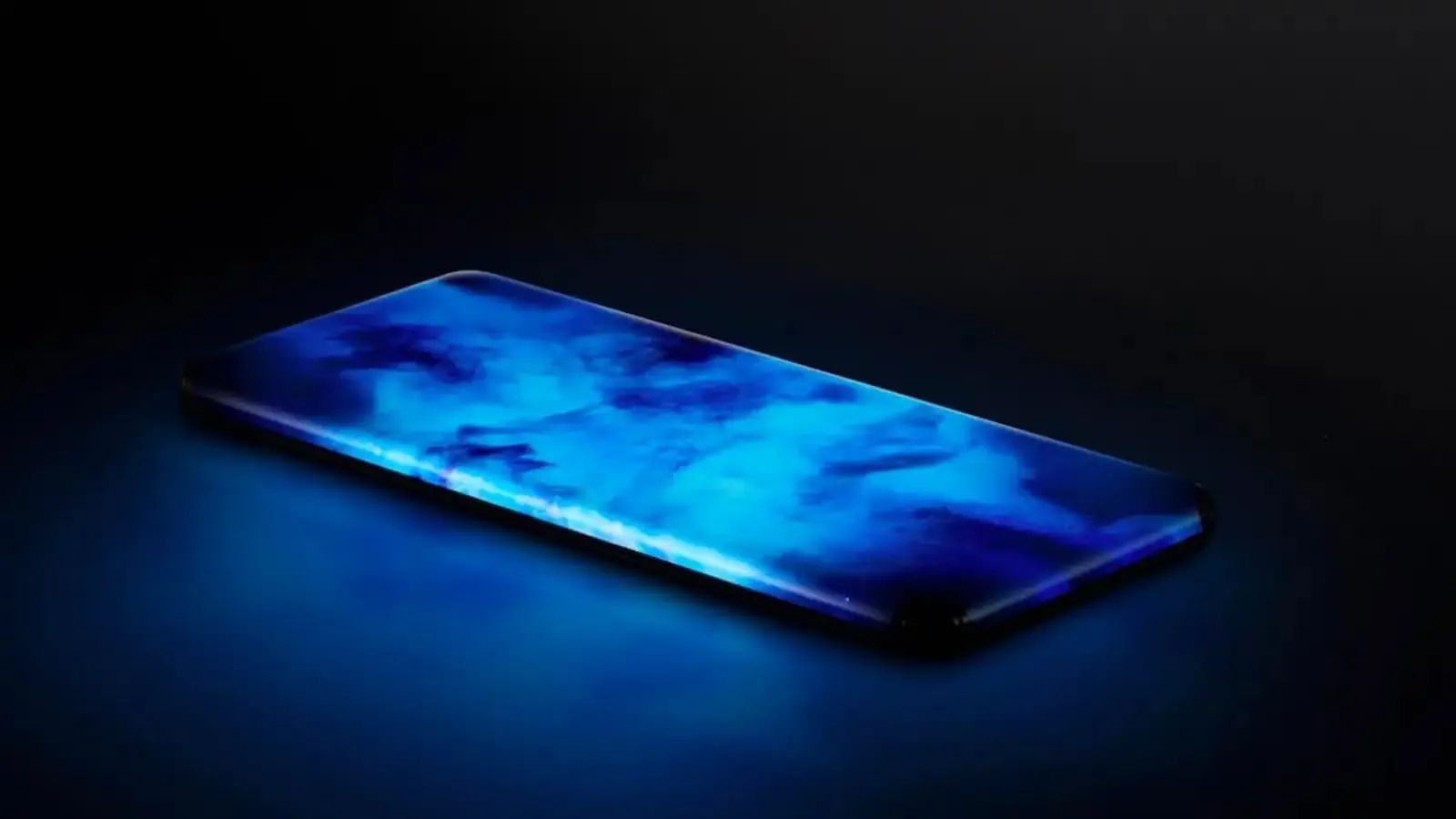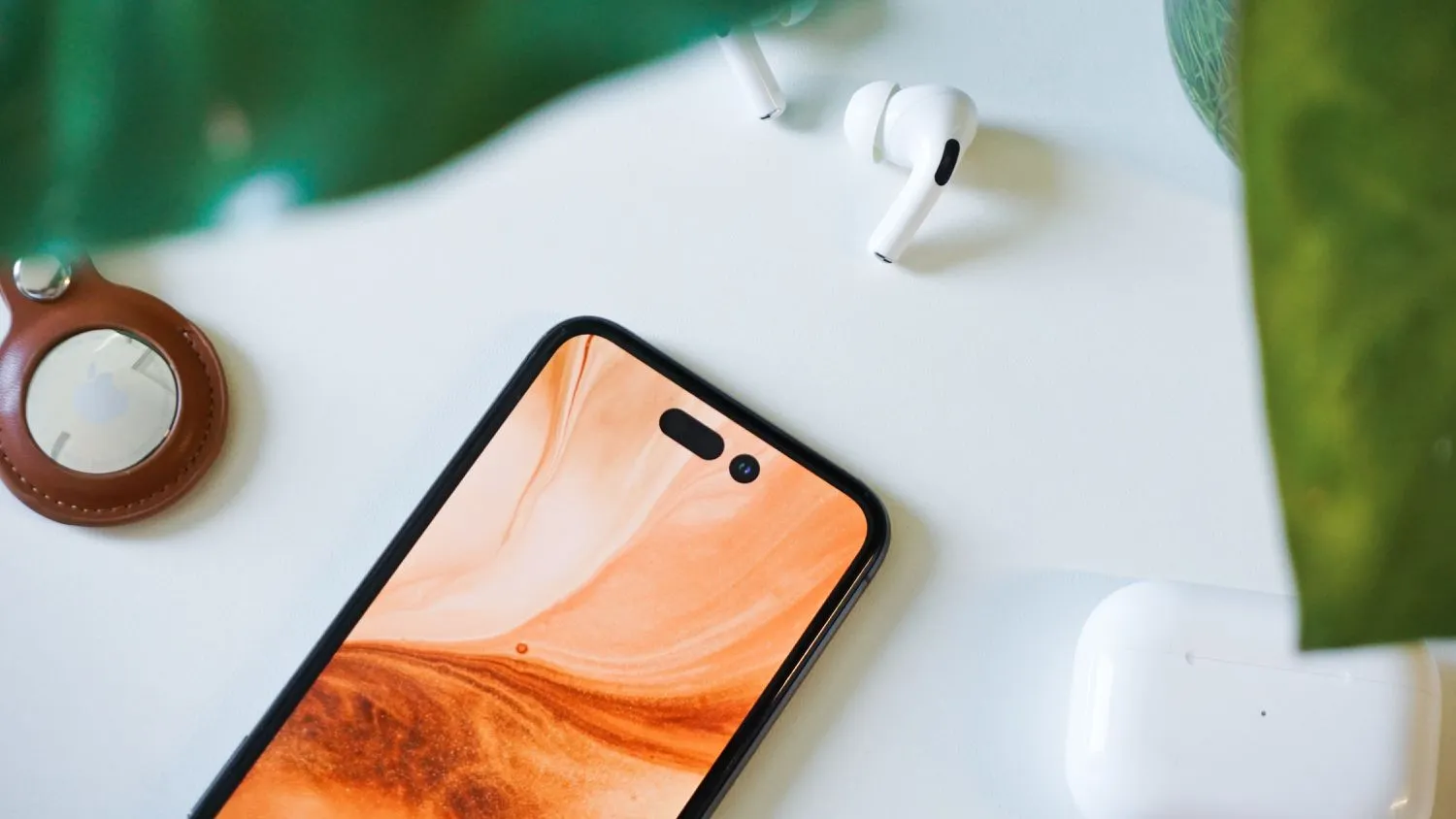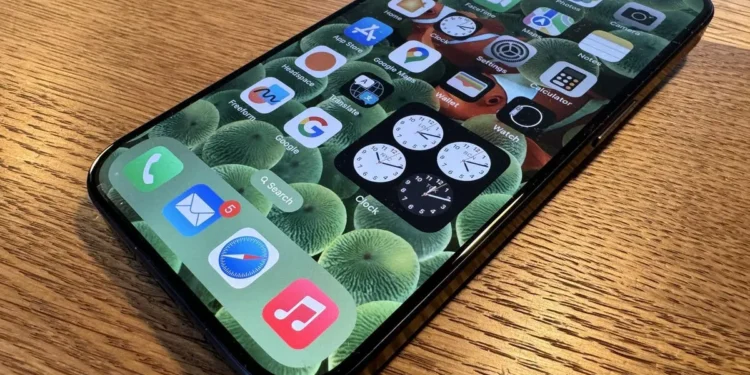Apple’s aspiration to eliminate the bezel entirely from its iPhone series is hitting significant snags. Despite ambitions to debut this groundbreaking design with what could have been the iPhone 18 in 2026, the technology appears unready. Citing difficulties in development and cooperation with leading display manufacturers, the dream of a bezel-less iPhone might be deferred.

Apple, in collaboration with tech giants Samsung Display and LG Display, has been diligently working towards a display that stretches edge-to-edge without the conventional bezel border. This initiative aims not only to enhance aesthetic appeal but also to revolutionize user interaction by offering a seamless display that extends over the iPhone’s edges, maintaining the device’s iconic flat and angular design.
Distinguishing the New from the Old
Unlike the curved displays seen in Samsung devices or Xiaomi’s innovative “quad-curved waterfall display” concept from 2021, Apple is charting a different course. The goal is to avoid the so-called “magnifying glass effect”—a distortion at the curved edges of current smartphones. Apple’s design ethos leans towards a “pebble-like” aesthetic, blending the screen with the angular sides of the iPhone in a manner reminiscent of the current Apple Watch design.

Technical Hurdles and Component Complications
The path to achieving this design is fraught with challenges. Two crucial technologies—Thin Film Encapsulation (TFE) and Optical Clear Adhesive (OCA)—are at the heart of these obstacles. TFE is essential for protecting OLED displays from environmental damage, while OCA is used to bond transparent adhesive films crucial for curved displays. Additionally, ensuring there is enough space for essential components like the iPhone antenna adds another layer of complexity.
Current OCA solutions are particularly problematic, suffering from issues like side-view distortion and vulnerability to impact damage, which are yet to be resolved. These technical hurdles are significant, especially considering the stringent quality standards Apple adheres to for its products.

Looking Ahead: A Shifted Timeline
Despite the urgency to finalize discussions with display manufacturers, insiders suggest that these crucial conversations are still ongoing. This indicates that Apple’s timeline for integrating zero-bezel technology into an iPhone might extend beyond 2026.
The development of such innovative technology requires not just breakthroughs in material science and engineering but also a rethinking of the iPhone’s internal architecture to accommodate these advanced displays. As Apple continues to push the boundaries of smartphone technology, the industry watches eagerly, albeit with adjusted expectations for the timeline of these advancements.










